#Fred Bavendam
Text
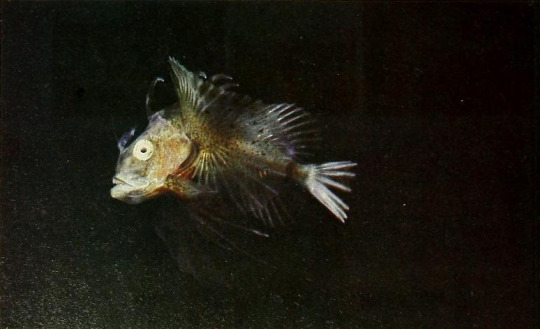
Goosefish
By: Fred Bavendam
From: Natural History Magazine
1984
87 notes
·
View notes
Photo

The last sight that many marine creatures see is the under-side of an octopus as it slowly parachutes down for the kill, Vancouver Island, Canada. Photo by Fred Bavendam. National Geographic, March 1991
via @geoarchive_
https://www.instagram.com/likalinea/
70 notes
·
View notes
Photo
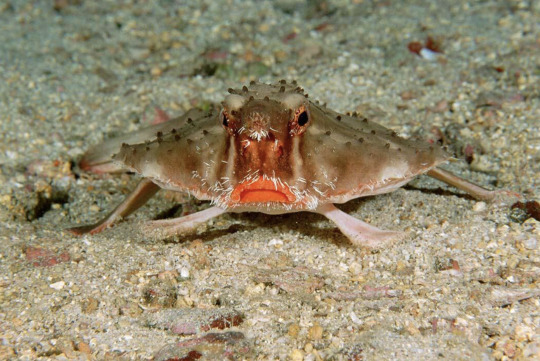
Weird, right? Most definitely wearing lipstick. Description from National Geographic:
On the ocean floor in Cocos Island, Costa Rica, a red-lipped batfish is much more likely to walk than swim when it looks for prey. PHOTOGRAPH BY FRED BAVENDAM, MINDEN PICTURES/NATIONAL GEOGRAPHIC CREATIVE
2 notes
·
View notes
Photo

More Photos at https://uploadbeta.com Feather star clinging to harp gorgonian in the Great Barrier Reef, Queensland (© Fred Bavendam/Minden Pictures/plainpicture) Bing Everyday https://t.co/SHUEbA8vgS
0 notes
Photo
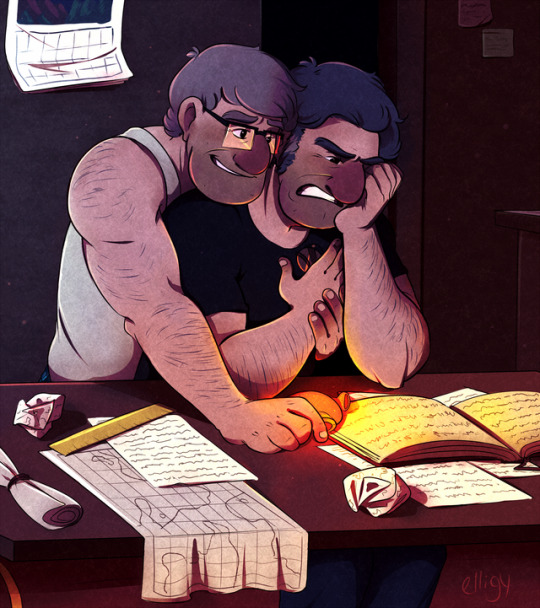
SEA PEACH
Art by @elligy for @stanowarb2; Day 3 of Stancestival
Why is Ford so upset? What’s that glowing magical object on the desk? Has Stan been doing bicep curls ever since the Stan-O-War 2 set sail?
Click KEEP READING for answers, marine biology, and the song that inspired this commission!
Ford is hurting.
Like many of us, he sometimes reaches a point when the ability to focus evaporates and the demons start creeping out of the woodwork.
Stan sees the symptoms early on when it happens to Ford, and he knows the best way to help is to hold him close and calm his racing mind by surprising him with something extraordinary. In this case, on the open waters of the Pacific Northwest, that “something” is a curious creature known as halocynthia aurantium, or more commonly -- the sea peach.

Photo credit: Fred Bavendam
Any cryptid hunter worth their salt would stop whatever they were doing if one of these landed on their desk! The color, the texture, the similarity in shape to the human heart!
I’m so grateful to Elligy for this portrait of the perniciousness of depression, and the compassionate ways loved ones learn to help. Thank you.
But why a sea peach? Thanks go to Father John Misty for his song “Smoochie” off his 2017 album Pure Comedy. In it, he sings about the chaos of depression, and how his lover knows just what to do.
youtube
When my personal demons are screaming
And when my door of madness is half-open
You stand alongside
And say something to the effect
That everything'll be alright soon, Smoochie
Chaos attends to creation
And when the shadows inside me vie for attention
You stand alongside
And say something perfect like "concealment feeds the fear."
And hand me a sea peach
And say, “Come, come over here, Smoochie.”
I headcanon that the sea peach snaps Ford out of his spiral. Then Stan sits on their bunk, pats the mattress beside him, and softly says, “Come over here, Sixer.”
240 notes
·
View notes
Text
Port Jackson Sharks Prefer Jazz Over Classical Music
A Port Jackson shark swims by in New South Wales.
Photograph by Fred Bavendam, Minden Pictures/National Geographic Creative
A new study says that sharks might be jazzier than previously thought.
But can sharks, which are smarter than other fish, differentiate between music and associate tunes with food? Using science, PhD student Catarina Vila-Pouca and professor Culum Brown, both at the Macquarie University Fish Lab in Marsfield, New South Wales, found that the predators can be trained to identify jazz music with a food incentive.
Their results were published in the journal Animal Cognition this week.
Play That Funky Music, Shark Boy
When dying prey wriggles in the water, it gives off a low-frequency “yummy hum” that attracts larger predators to the area. Contrary to the catchy name, the sound isn’t actually a hum—rather, it consists of rapid pulses, which sharks prefer over monotonous drones.
For the study, the researchers played jazz music from speakers at one end of a tank and taught juvenile Port Jackson sharks to go to a feeding station for a reward. Out of the eight trained sharks, five appeared to have learned to identify the boogie beats of jazz music.
However, the researchers found that sharks can’t immediately differentiate between genres. When they played jazz and classical music out of different speakers placed at opposite ends of their tank, the sharks became confused as to which source they should go to for food.
“Right off, I would probably guess that the jazz music happened to have more of a regular beat that would be more what the sharks are used to being attracted to,” says Phillip Lobel, a Boston University biology professor and National Geographic grantee who was not involved in the study.
The sharks were later trained to distinguish between jazz and classical music and swim to opposite corners of the tank. However, their reaction to the jazzy tunes declined—some of the sharks developed a bias for swimming to the right side of the tank, which was not the side that had jazz music. (Related: “Surprise: Blue Whales Are Mostly ‘Left-Handed’”)
“The task is harder than it sounds, because the sharks had to learn that different locations were associated with a particular genre of music, which was then paired with a food reward,” Brown says in a press release. “Perhaps with more training they would have figured it out.”
The study results could yield some insights into the learning abilities of sharks, Vila-Pouca says. Although the research only looked at Port Jackson sharks, experts say some species are more intelligent than the average fish. (Related: “Why Great White Sharks Are Still a Mystery to Us”)
“When I’m on the boat, [great white sharks will] pop their heads out of the water and look me directly in the eye,” shark expert Leonard Compagnotold Smithsonian Magazine in 2008. “They feed on large-brained social animals such as seals and dolphins, and to do this you have to operate on a level higher than a simple machine mentality of an ordinary fish.”
Lobel says the study emphasizes the harmful role noise pollution plays in marine habitats. When boats go through shallow shark nurseries, he adds, noise from the engine could damage the predators physically and affect their ability to find food in the future. (Related: “What’s Killing the West Coast’s Young Great White Sharks?”)
“Think about blasting an air horn at a baby,” Lobel says. “That would probably make it deaf for the rest of its life.”
Helping to educate the public more about sharks, and their intelligence, might help to dispel rumors about them, Vila-Pouca adds, summing up her thoughts in the press release:
“Gaining a better understanding of this will help grow positive public opinion of sharks and may shift public and political will towards their conservation.”
This content was originally published here.
0 notes
Text
Why we're watching the giant Australian cuttlefish
Why we’re watching the giant Australian cuttlefish

Hello little ones! Juvenile giant Australian cuttlefish developing under rocks in the waters of South Australia.
Fred Bavendam, Author provided
Bronwyn GIllanders, University of Adelaide
Australia is home to the world’s only known site where cuttlefish gather to mate en masse.
From May to August, if you head into the water around Point Lowly, South Australia, it will be a chilly…
View On WordPress
0 notes
Text
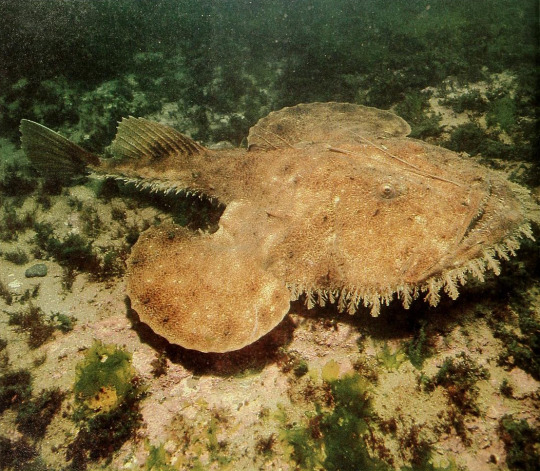
Goosefish
By: Fred Bavendam
From: Natural History Magazine
1984
91 notes
·
View notes
Text

Goosefish
By: Fred Bavendam
From: Natural History Magazine
1984
70 notes
·
View notes
Text
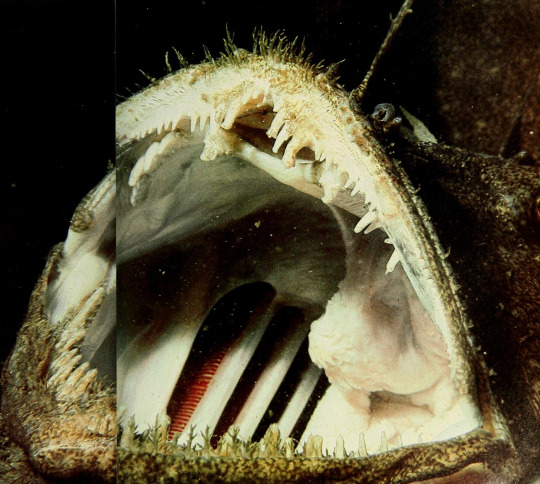
Goosefish
By: Fred Bavendam
From: Natural History Magazine
1984
63 notes
·
View notes
Text
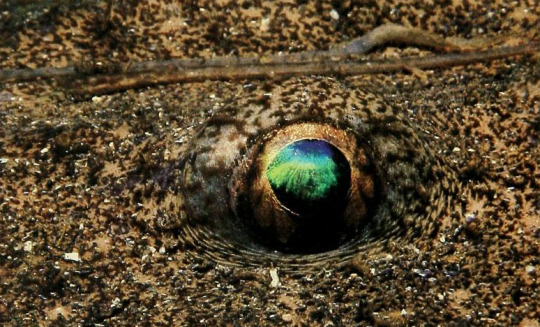
Eye of a goosefish
By: Fred Bavendam
From: Natural History Magazine
1984
42 notes
·
View notes
Photo
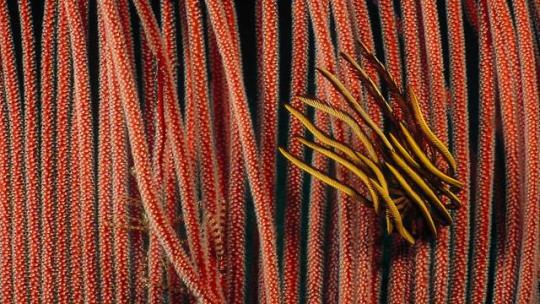
More Photos at https://uploadbeta.com Feather star clinging to harp gorgonian in the Great Barrier Reef, Queensland (© Fred Bavendam/Minden Pictures/plainpicture) Bing Everyday https://t.co/SHUEbA8vgS
0 notes